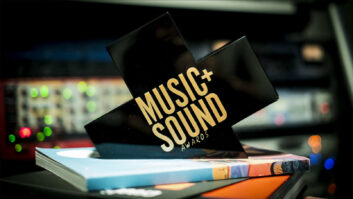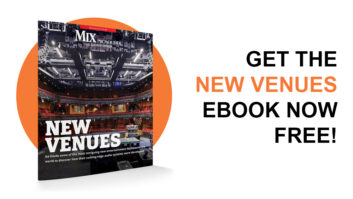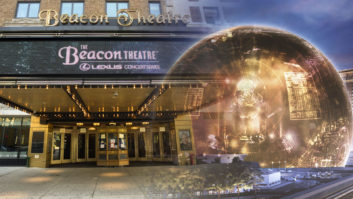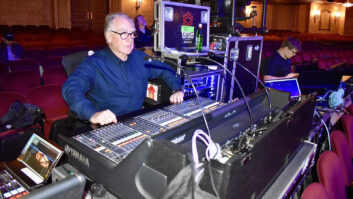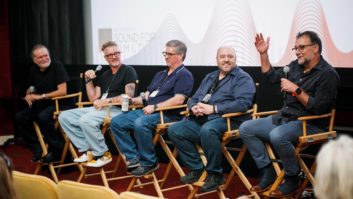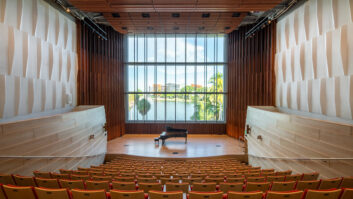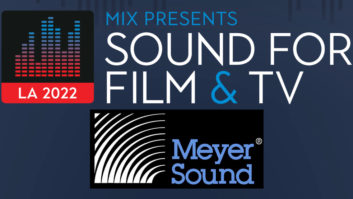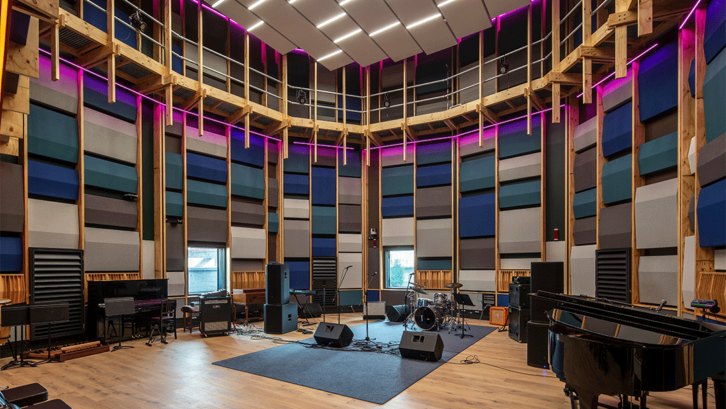
Dunedin, New Zealand (March 21, 2022)—The “Dunedin sound” associated with bands such as Toy Love, The Chills, The Verlaines and Straitjacket Fits caught the world’s attention in the 1970s and 80s and, ultimately, led to the installation of an SSL Duality Delta mixing console at the city’s University of Otago.
“The explosion of music in Dunedin was a contributing factor to us having a contemporary music program at Otago, which led to us having this studio, because we needed somewhere to run that program,” says Stephen Stedman, studio manager and music technician at the university’s new Te Korokoro o te Tui studios.
The SSL desk, supplied by Amber Technology NZ, is the centerpiece of the spacious main recording studio at the new School of Performing Arts building, which opened in 2020 on the university’s campus in Dunedin, which is on New Zealand’s South Island. The new control room overlooks a 1,000-square-foot, two-story-high live space as well as two iso booths, one with an amp locker. The studio supports the school’s teaching program while also accommodating national and regional music industry projects and encouraging community engagement through workshops and other events.
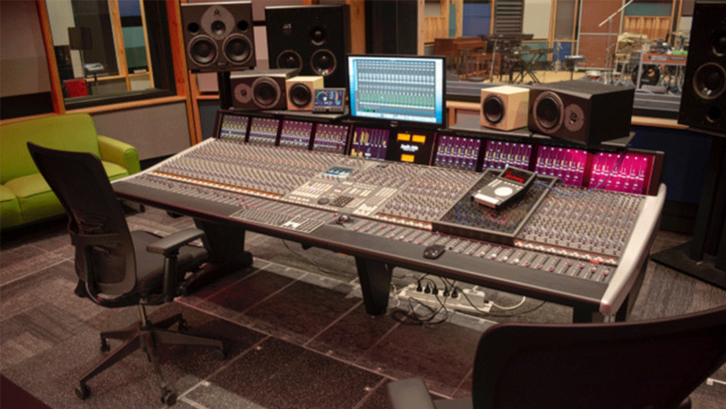
“The reputation of the Duality precedes it, both in terms of the package — the workflow and how it sits in the room — as well as how it sounds,” says Stedman. “We had a really good look at what other educators are doing around the world, where they want a real-world professional studio console. Dualitys are highly regarded and are in some of the best facilities in the world, so what we are teaching to students is relevant and aligned to what they might encounter in the outside world.”
Live Sound Reawakens As U.S. Tours Return
There were a couple of other reasons to choose the Duality, he continues. “We definitely wanted an analog workflow and that sound. And we wanted something that would demonstrate to students how a large-format console works, how it’s laid out and why so many of the software applications that they use in-the-box are built the way they are built and why the plug-ins look the way they look. They can take that real-world experience and the in-the-box stuff starts to make more sense for them.”
Additionally, Stedman says, the school wanted to increase engagement with the New Zealand music industry: “So we wanted a console that would be attractive to producers, musicians and publishers, and agencies like the Australasian Performing Right Association and the NZ Music Commission.”
